Quickly solve Windows 10 error: CLASSPNP.SYS
- Home
- Support
- Tips System Rescue
- Quickly solve Windows 10 error: CLASSPNP.SYS
Summary
Learn how to fix the CLASSPNP.SYS blue screen error on Windows 10. Our expert-recommended methods make it easy to solve this tricky issue. Discover the solutions now.
Table of contents


Easy to use 3 steps to transfer the files.
Transfer the files Transfer the important files of the computer without system.
Preview the files Preview the files while transferring the data.
Multifuctional Data recovery, Windows password reset, bootable problem recovery can be run without system.
Highly compatible Windows 10/8.1/8/7/XP/Vista. Also supports UEFI boot mode.
Easy to use 3 steps to transfer the files.
Transfer the files Transfer the important files of the computer without system.
Preview the files Preview the files while transferring the data.
Free TrialFree TrialNow 2000 people have downloaded!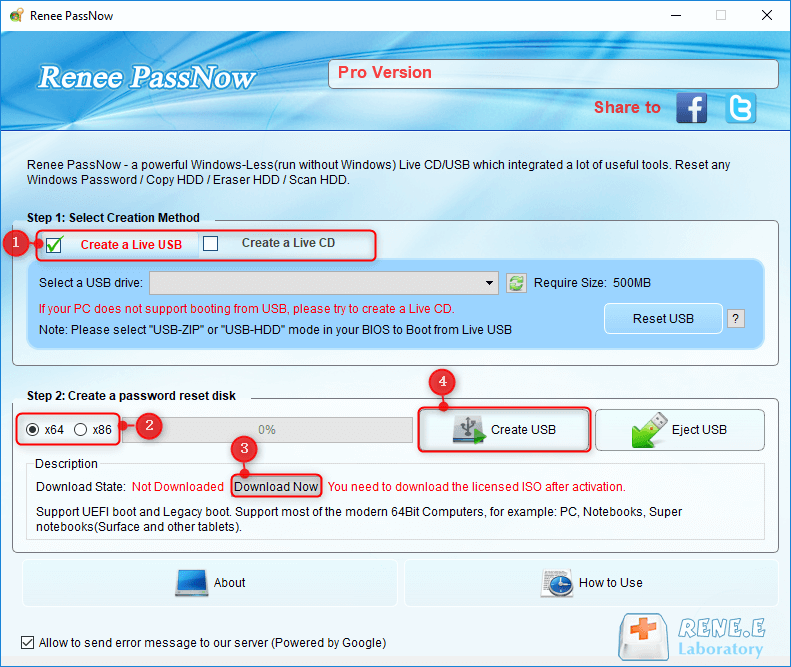
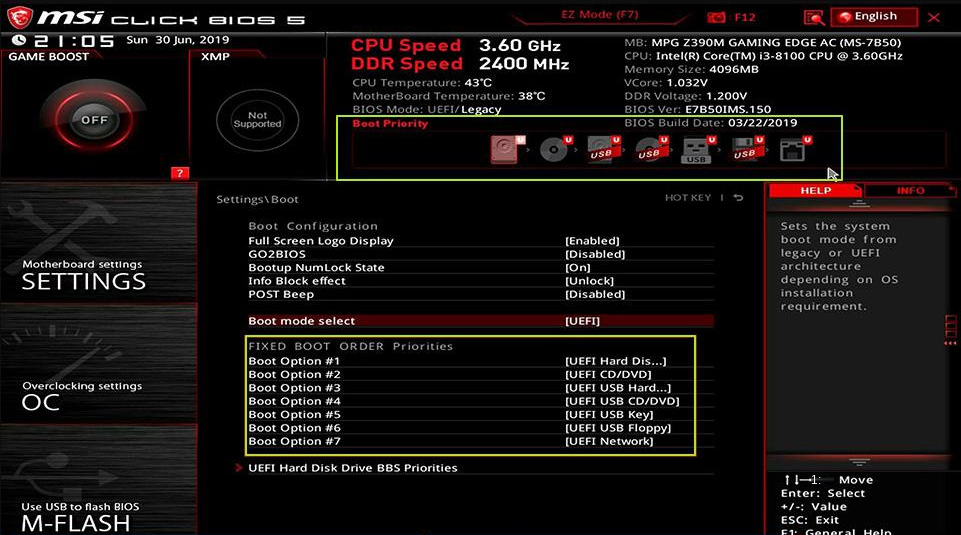
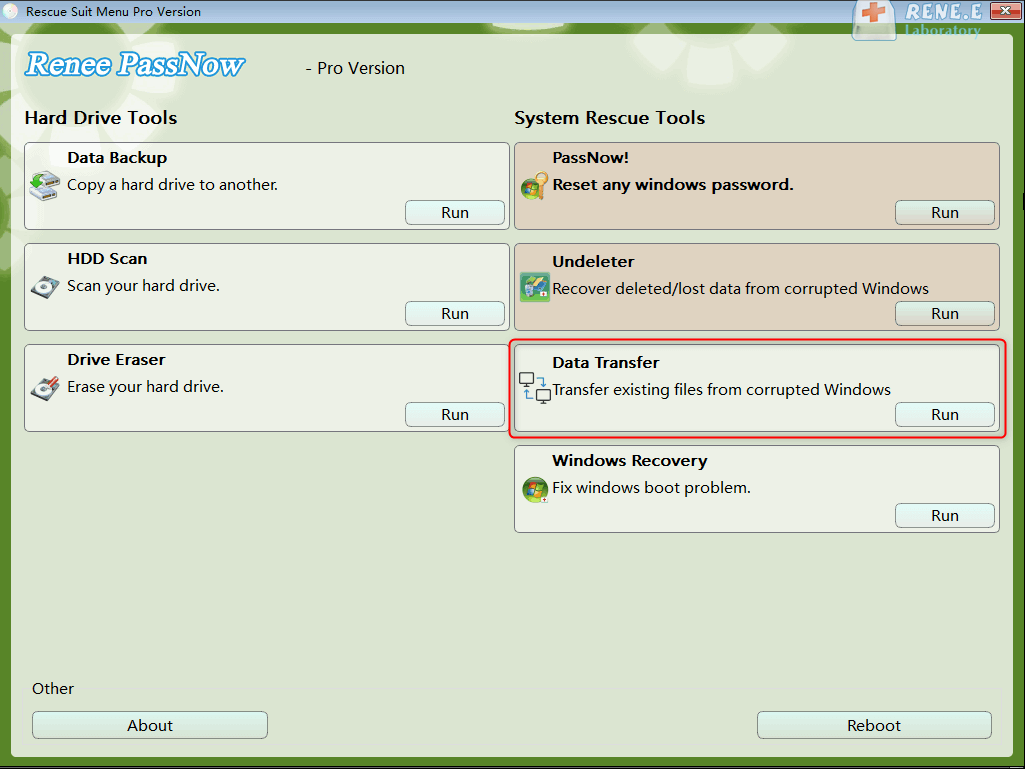
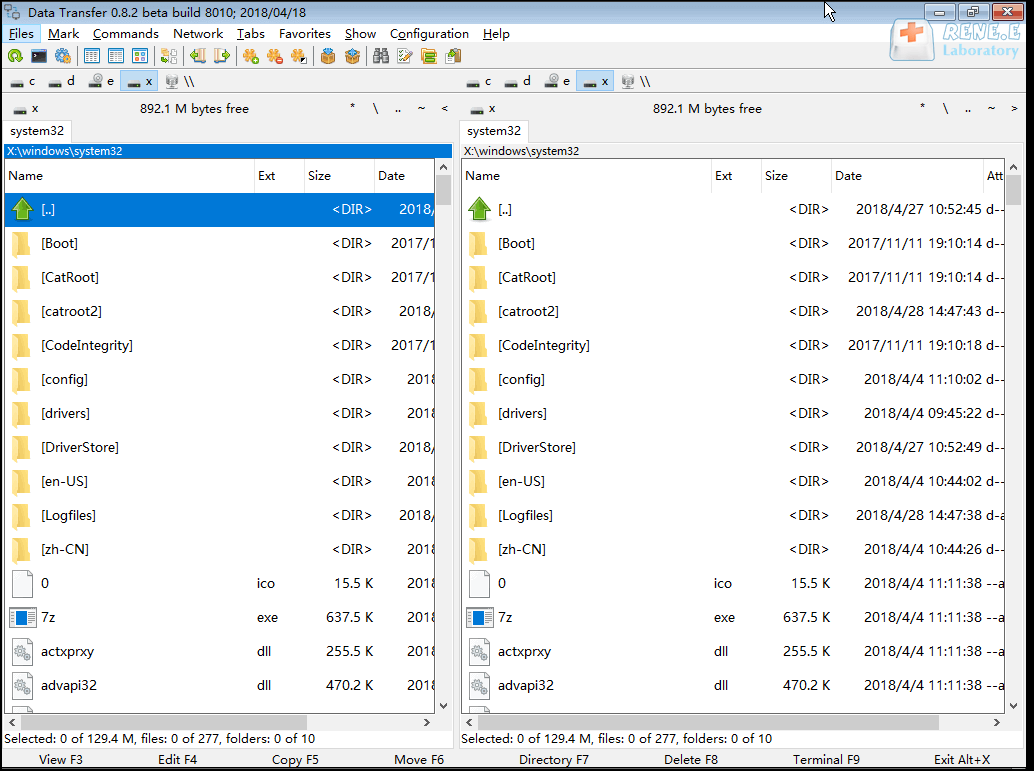
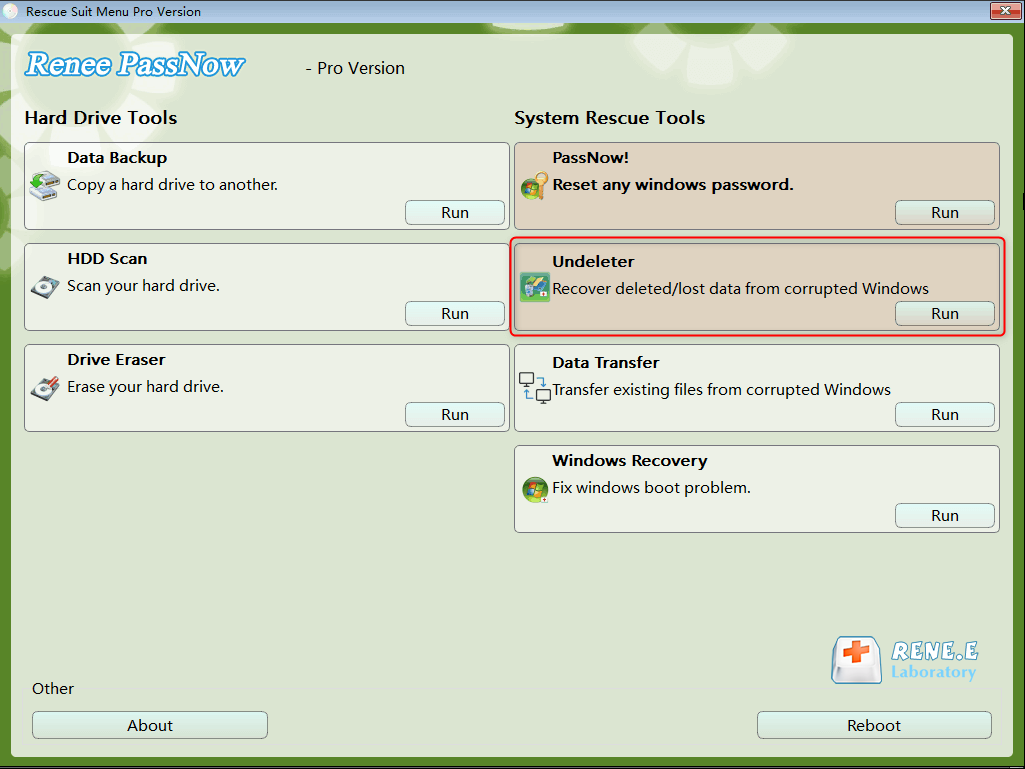
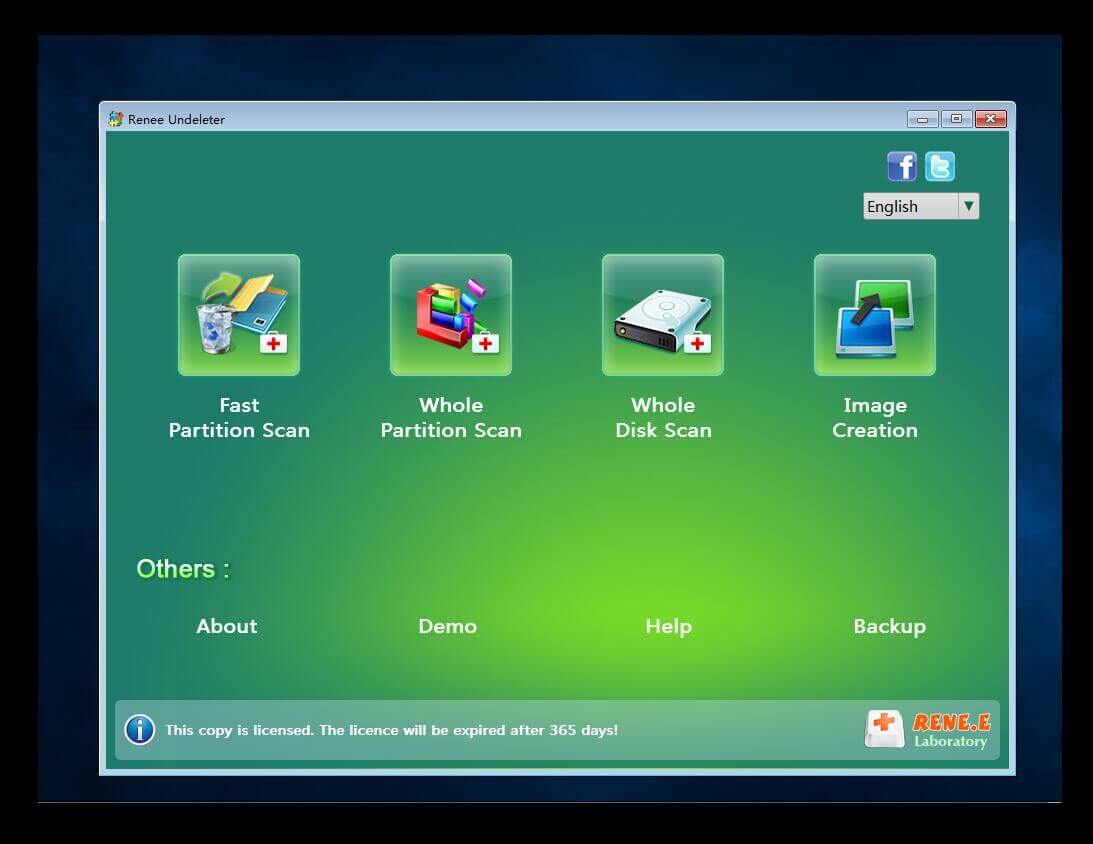
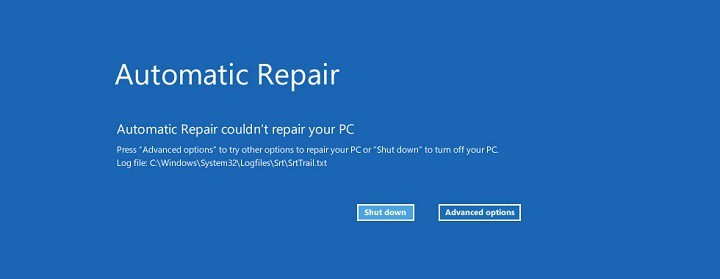
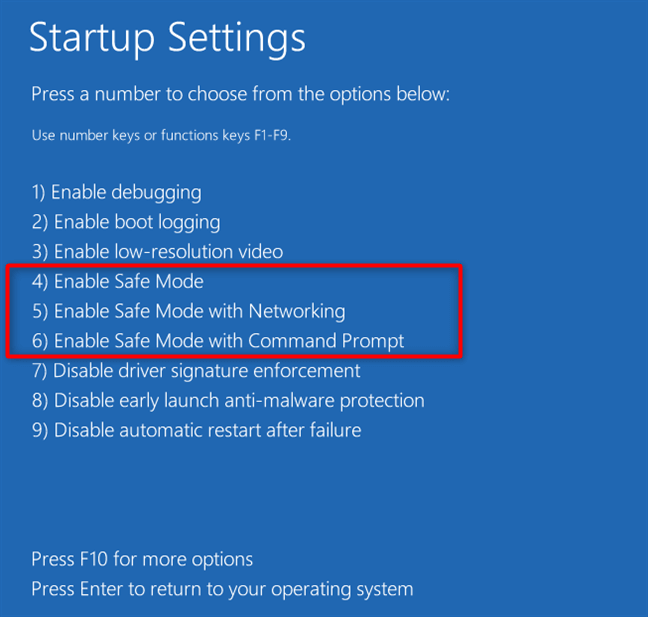
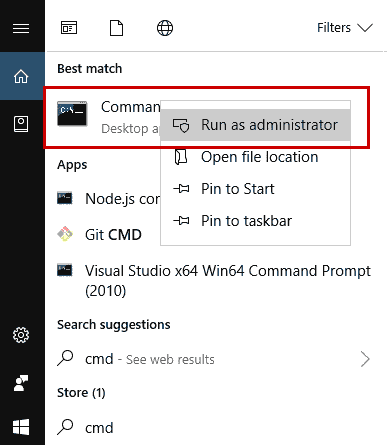


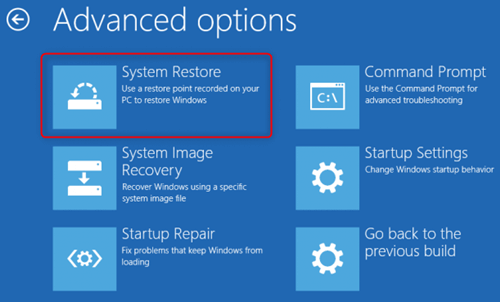
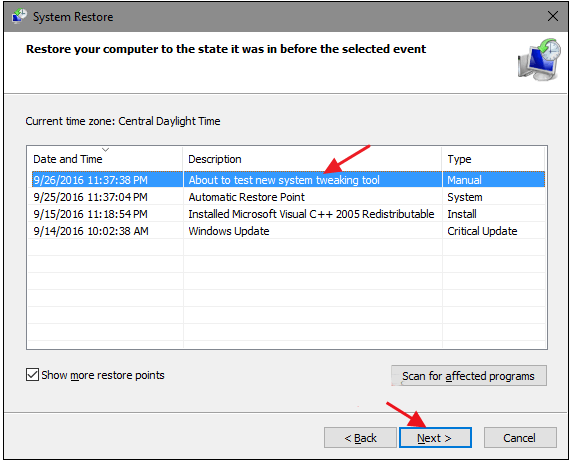

Relate Links :
Get Rid of Windows 10 Green Screen in 3 Easy Steps!
01-03-2024
Ashley S. Miller : Learn about the uncommon but frustrating Windows 10 green screen errors and their causes, and find quick and...
Fix Blue Screen Error Atikmdag.sys on Windows 10
26-05-2024
Jennifer Thatcher : Discover thorough insights on atikmdag sys windows 10 blue screen errors, covering definitions, causes, and comprehensive solutions.
Multiple Solutions to Fix 0x80070570 Error on Windows
29-01-2024
John Weaver : Learn how to fix the 0x80070570 error that may occur during Windows installation or upgrade. Our detailed guide...
Fix DRIVER OVERRAN STACK BUFFER Error with Ease
26-01-2024
Amanda J. Brook : Learn how to fix the DRIVER OVERRAN STACK BUFFER blue screen error with our practical repair methods and...
- I. What is CLASSPNP.SYS, why does CLASSPNP.SYS error occur?
- II. Use Renee PassNow to transfer or recover important data
- 1. What is Renee PassNow?
- 2. How to use Renee PassNow to transfer or restore data?
- III. How to Fix CLASSPNP.SYS Error in Windows 10?
- 1. Disconnect external hard disk/peripherals
- 2. Enable safe mode to repair system files
- 3. Restore the computer to the latest restore point before the error occurred
- 4. Change the BIOS configuration mode




